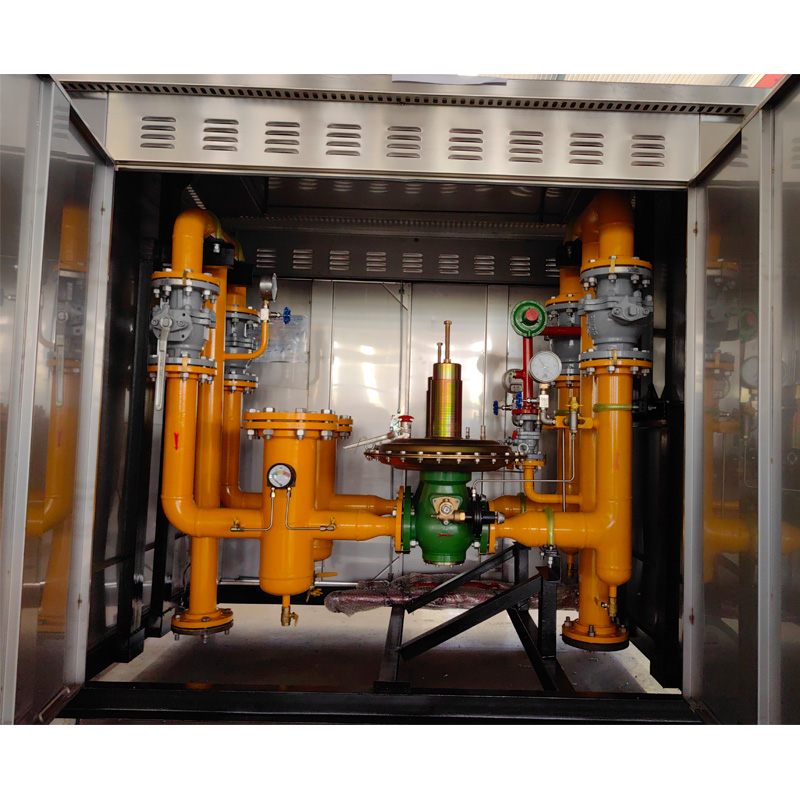
Nov . 27, 2024 13:17
Back to list
Pressure Regulation System for Optimal Performance and Reliability in Various Applications
Understanding Pressure Regulators Mechanisms and Applications
Pressure regulators are crucial devices used in various industrial and residential applications to maintain a specified pressure level within a system. Their primary function is to reduce and control the pressure of a fluid or gas from a higher, possibly fluctuating reservoir to a desirable and consistent output level. This article delves into the workings of pressure regulators, their types, applications, and the importance of maintaining pressure stability in different environments.
Mechanism of Operation
A pressure regulator operates on the principle of feedback control. When a fluid or gas enters the regulator, it encounters a diaphragm or a piston that reacts to the pressure changes. As the incoming pressure increases, it pushes against the diaphragm, which, in turn, adjusts an internal valve to restrict the flow, thereby reducing the output pressure. Conversely, if the output pressure drops below the desired set point, the diaphragm allows more fluid or gas to flow through, thus increasing the pressure back to the required level. This self-regulating mechanism ensures that the output remains constant despite variations in input pressure or flow demand.
Types of Pressure Regulators
Pressure regulators can be categorized into two main types
1. Single-Stage Regulators These regulators are designed for simple applications where the pressure drop is not very significant. They reduce high pressure to a lower set point in one step, making them ideal for applications where the input and output pressures are relatively close.
.
Applications
منظم الضغط

The applications of pressure regulators are extensive and varied
- Industrial Use In manufacturing processes, precise pressure control is vital for machinery operation, ensuring safety and efficiency. Regulated pressure is necessary for pneumatic systems and other equipment that rely on compressed gases.
- HVAC Systems In heating, ventilation, and air conditioning systems, pressure regulators maintain the right levels of refrigerant and air pressure, helping to improve performance and energy efficiency.
- Medical Gas Systems In healthcare settings, pressure regulators are used to ensure that the delivery of gases such as oxygen is consistent and safe for patient use.
- Home Appliances Many household gas appliances, like stoves and heaters, use pressure regulators to maintain safe operating pressures.
Importance of Pressure Stability
Maintaining stable pressure is essential for several reasons. Firstly, it ensures the safety of equipment and personnel. An unexpected surge in pressure can lead to equipment failure or even hazardous situations. Secondly, stable pressure contributes to the efficiency of systems, reducing energy consumption and operational costs. Finally, consistent pressure levels enhance the performance and lifespan of appliances and machinery.
Conclusion
In summary, pressure regulators are indispensable devices in various fields, playing a vital role in ensuring stable, safe, and efficient operations. Understanding their mechanics, types, and applications can aid in selecting the right regulator for specific needs and industries. As technology evolves, the design and functionality of pressure regulators continue to improve, offering enhanced performance and adaptability to meet the demands of modern applications. Efforts in maintaining stable pressure not only facilitate better performance but also contribute to the overall safety and efficiency of systems across different domains.
Latest news
-
Safety Valve Spring-Loaded Design Overpressure ProtectionNewsJul.25,2025
-
Precision Voltage Regulator AC5 Accuracy Grade PerformanceNewsJul.25,2025
-
Natural Gas Pressure Regulating Skid Industrial Pipeline ApplicationsNewsJul.25,2025
-
Natural Gas Filter Stainless Steel Mesh Element DesignNewsJul.25,2025
-
Gas Pressure Regulator Valve Direct-Acting Spring-Loaded DesignNewsJul.25,2025
-
Decompression Equipment Multi-Stage Heat Exchange System DesignNewsJul.25,2025

